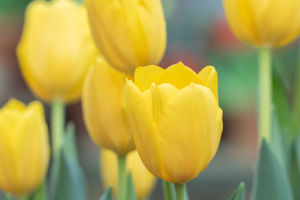With the rapid development of the concept of green design and the increasing attention of society to environmental issues, sustainable packaging design has become the future trend of packaging design.
Nowadays, people are more and more in favor of simple design and environmental design. In packaging design, some designers have started to simplify and figure out how to use less and more innovative packaging materials to ease the pressure on the earth and make environmental protection a reality.
As an important carrier for product communication, the reusability of packaging is naturally an important reflection of the value of the product.
Many brands are working with packaging designers to experiment with different packaging materials and do experiments on eco-friendly packaging.
At the end of 2020, Coca-Cola launched its first 'paper bottle' packaging design and, to test its usability in the market, launched a new product, 'Adez', produced in a limited edition of 2,000 units, which will be piloted on the Hungarian market through e-tailer Kifli.
L'Oréal's seed phytonutrient range in paper bottles。
Coolpaste's sustainable toothpaste packaging design promotes a more environmentally friendly concept.
Cups are also putting up a good fight when it comes to being environmentally friendly. A UK-based company called CupClub has launched the world's first cup recycling system, in a model somewhat similar to the current bike-sharing and rechargeable battery sharing.
CupClub has redesigned its takeaway cups to be made from recyclable low-density polypropylene, with a plain white lid and the same size and shape as disposable cups on the market.
As with shared bikes, each cup has an RFID tag chip built into it to track and locate the cups. Users can also find the nearest return point via an app, but customers who want to 'own' the cups will have to pay $3.
Unlike bicycle sharing, however, CupClub's 'shared cups' require partnerships with major coffee shops to be used, and are unlikely to operate independently.
Just as Starbucks once offered a "bring your cup for a reduced price" strategy, few consumers bring their cups to Starbucks.
In 3 simple steps, one can also make their eco-friendly packaging from used clothes. Who doesn't have a few pieces of clothing that can't be worn anymore, let's turn them into bags we can use for groceries.
Step 1: Pick an unused T-shirt.
Step 2: Fold the T-shirt in half and draw rounded lines.
Step 3: Cut along the marker rounded lines and sew the edges together. In three easy steps, you too can do your bit for the environment.


